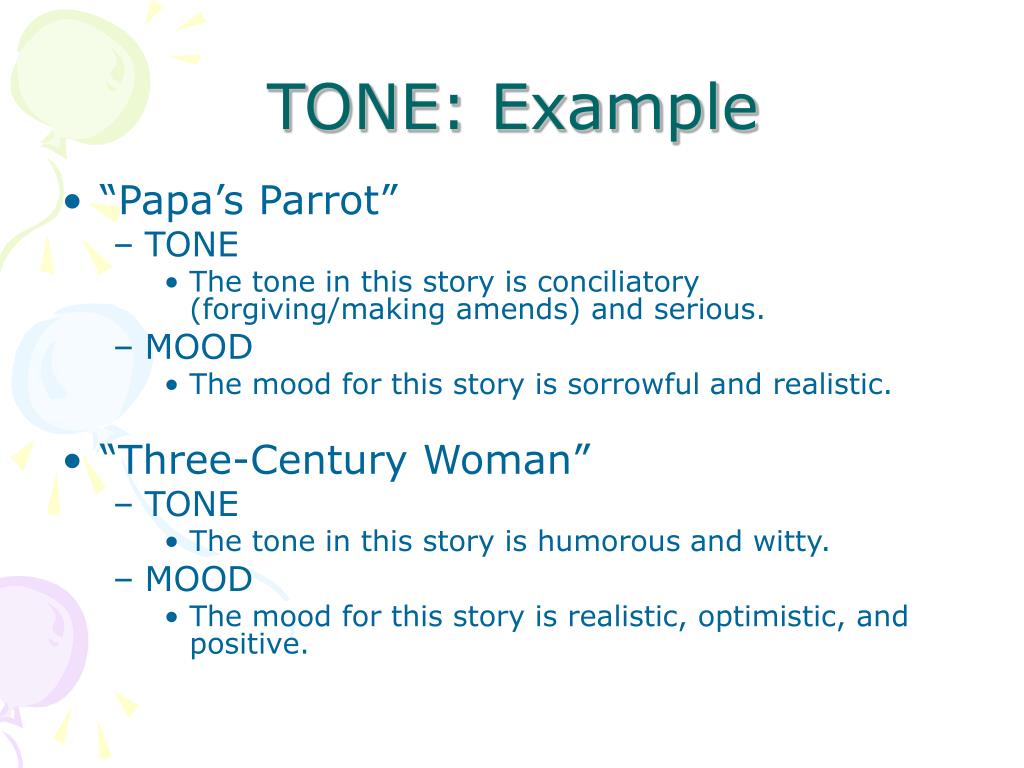
And, just as they are discussing, the ghost itself appears. Their discussion is about a ghost they saw the previous night. The opening scene occurs as the watchmen are changing guard. What is mood in literature? William Shakespeare’s tragedy, Hamlet, creates a particular mood from the opening scene. If the mood does not match the message, a reader will lose interest. Writers should create mood to match their intention.

We either like the feeling the words give us, or we don’t. In fact, mood is probably why we continue (or cease) to read a certain text. An author wants his reader to feel a certain way when he reads his text. Or perhaps you recall a thriller that had you wrapped you in its spell, anxious to see if your protagonist would make it out alive? While atmosphere is more centrally focused on the setting and time in which the story occurs.Why use mood? Have you ever had a particular feeling when reading a certain book? Surely you can remember that one book that made you feel connected or understood. Mood is a reflection on the entire work and how it impacts the reader in its entirety. Mood concerns the passage as a whole with all literary devices taken into account. Mood and atmosphere are closely connected, but different fundamentally. In lighting: natural colors, blue/gray/black tones, if the lighting is dim or vibrant, warm red/yellow/orange tones.In composition, consider: landscape, layout, format, the flow, if it's spacious, confined, empty, chaotic, cluttered, simple.In color: vivid, subtle, blended, broken, dull, flat, intense, rich, stimulating.Below are some words used to describe features of art that may help identify the mood: In the same way you have to adjust what you look for in movies to determine mood, you must adjust your eye when viewing art to determine mood as well. Dialogue and word choice can still impact the mood of the work, but these elements also help: However, when we begin thinking about the mood of a film or piece of visual work, the viewer must pay attention to other elements. In identifying the piece's mood, the reader should consider all of these elements and interactions. punctuation, which also interact with one another.length of poetic lines or sentences and.Each of these elements is affected and influenced by a number of other literary elements such as: In interacting with one another, these broader elements of setting, tone and theme evoke specific feelings in the reader and create a particular kind of mood or atmosphere. The theme of Tanya Shirley’s poem “The Distance Between Us” is absence, and this theme evokes the mood of longing. They are not to be confused, but their relation to one another is important to note. Tone has much to do with the detailed choices a writer makes in their work, but connects with voice as well. The writers voice can shine through in sentence structure, word choice and writing style, which all contributes to the tone as well.

The tone of the poem relays the writer’s attitude toward his subject or audience, and helps contribute to the overall mood and impact of the work as a whole. Voice is associated with the writer’s attitude toward the world and how their thoughts may influence their writing. The tone of the work is closely related to mood but tends to be associated with voice. This scene is famous for its intense affect on viewers, which is exaggerated by the setting and weather choice. It comes at a turning point in their tumultuous relationship, when they meet each other in the pouring rain and kiss. "The Notebook" - In this movie, a famous scene exists between the main characters Noah and Allie.This use of descriptive dialogue and description of her setting and its inhabitants helps establish the mood. I almost wish I hadn't gone down that rabbit-hole-and yet-and yet-it's rather curious, you know, this sort of life!". For example, Alice remarks, "It was much pleasanter at home," thought poor Alice, "when one wasn't always growing larger and smaller, and being ordered about by mice and rabbits.

Lewis Carroll, Alice's Adventures in Wonderland - Carroll establishes a whimsical, curious and joyful mood multiple times in his work.The setting, in turn, contributes to the overall mood of melancholy. Edgar Allen Poe, “The Raven" - The lines “Deep into the darkness peering, long I stood there, wondering, fearing, / Doubting” situates the poem in a deep darkness, establishing its setting.Acknowledging the affect a setting has on a work can create a strong mood for the reader. Oftentimes, the setting can determine the social climate the characters or work exists within, and even what dialogue may take place.


 0 kommentar(er)
0 kommentar(er)
